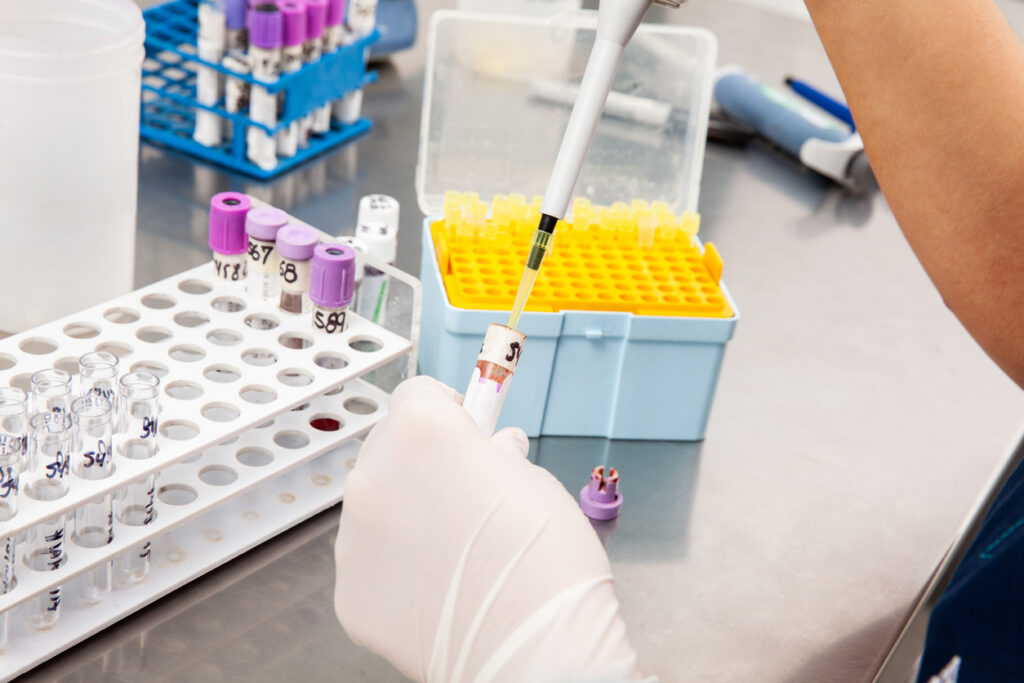Cell Sorting: What is Cell Sorting? Techniques and Approaches to Sorting Cells
Cell sorting is a technique for isolating specific cell populations from a mixture of various cell types, a critical process in both research and clinical applications. This method enables scientists to study particular cells in detail, enhancing our understanding of complex biological systems and aiding in the development of targeted treatments.
While many people are familiar with cell separation, such as positive and negative cell separation, cell sorting offers a more refined approach to isolating cells based on specific characteristics. Discover the distinctions between cell sorting and cell separation and explore the various methods used to achieve precise cell isolation.

We also get questions like, “What are the different ways to separate cells?” or “What is the difference between positive and negative cell separation?”
In order to answer these questions, we have put together FAQs below. In our experience, cell separation is all about isolating a cell population from other cells or biological samples.
What Are the Different Cell Separation Approaches?
There are three different cell separation approaches: positive selection, depletion, and negative selection.
Positive Selection
The positive approach to cell isolation is when the cell type of interest is targeted by the removal mechanism and retained for downstream analysis.
Positive cell selection is typically performed by targeting a cell surface marker (CD4, CD8, etc.) with a monoclonal antibody.
Depletion
Depletion is when a single cell type is targeted and removed from a biological sample. For example, the removal of red blood cells from peripheral blood mononuclear cells (PBMCs) is completed via depletion.
Negative Selection
Similar to depletion, the negative cell separation approach is when several cell types are removed to leave one cell type untouched.
A negative selection example is the depletion of all cells except for T cells or the removal of all cells except for B cells from samples like whole blood or bone marrow.
What Are Some Examples of Cell Separation?
Researchers sort cells for a variety of applications. Here are a few examples of cell separation:
- Capture of circulating tumor cells from blood (CTC enrichment)
- Isolation of immune cells (T Cells, B Cells, etc.) from peripheral blood
- Isolation of white blood cells from tissue
- Preparing a sample of blood separated from plasma
- Separation of pathogenic bacteria from food
What Are the Most Common Cell Separation Technologies?
Several cell separation technologies are on the market today, but the three most common are fluorescence-activated cell sorting (FACS), magnetic-activated cell sorting (MACS™), and buoyancy-activated cell sorting (BACS™).
FACS
FACS, or fluorescence-activated cell sorting technology, labels cells with fluorescent markers, which could be based on internal or external markers of the cells. The cells are measured and identified one at a time and then sorted based on the color of the marker.
MACS™
With magnetic-activated cell sorting, or MACS™, technology, magnetic particles (nanoscale and microscale) bind to cells through an antibody interaction with the cell surface markers. Then, the targeted cells can be magnetically isolated from a sample.
BACS™
Buoyancy-activated cell sorting, or BACS™, is a new way of sorting cells. Microbubbles bind to cells through surface marker antibodies. The targeted cells are then removed from a biological sample through flotation.
Other Technologies
There are a few other methods for separation, like microfluidics, cell separation by centrifugation, and filtration.
Why Are Akadeum Microbubbles the Best Cell Sorting Technology?
Choosing a cell separation technology is a difficult decision. Researchers have to evaluate different methods of cell isolation for both quality and efficiency—all while considering funding, workflows, and availability.
But don’t worry; Akadeum microbubbles are here to save the day.
If you are looking for a rapid cell sorting technology that is easy to use, isolates cells to a high level of purity, and doesn’t require expensive equipment like a magnet or column, Akadeum BACS™ microbubbles are the right choice for your project.



